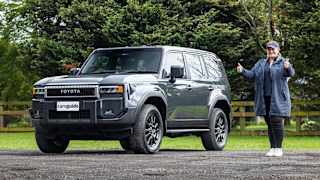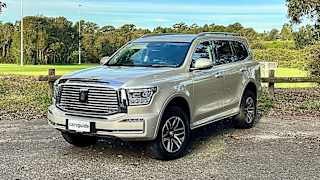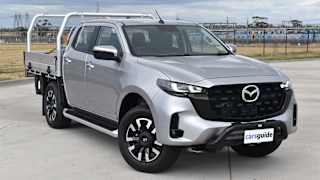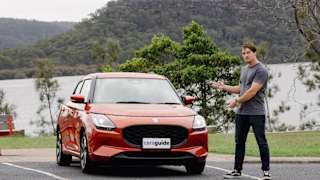Something strange is happening with sales of mid-size sedans in Australia - they’re selling.
The first six months of 2022 have seen a 17 per cent increase of sales of ‘medium passenger cars’ after almost a decade of steady decline. If you drill a little deeper into the sales data, you’ll soon understand why, the addition of the Tesla Model 3 to the official Federal Chamber of Automotive Industries monthly sales reports.
The rest of the market makes for bleak reading, with sales of mid-size sedans under $60,000 falling by more than 17 per cent in the first six months of the year. This segment of the market is on track to sell just over 14,000 models in 2022, a far cry from a decade ago when more than 70,000 mid-size sedans found new homes.
Perhaps the decline of the segment can best be summed up by the story of the Suzuki Kizashi; another great example of the right car arriving at the wrong time.
This was the Japanese brand’s attempt to take on the likes of the Toyota Camry, Hyundai i45 and Mazda6. It was a major departure for a brand that had, until that time, focused on small cars and off-roaders like the Swift and Vitara.
When it launched in 2010, the Kizashi was a stylish mid-size family sedan (with more than a hint of Volkswagen Jetta to its appearance) and powered by Suzuki’s tried and tested 2.4-litre four-cylinder petrol engine. It was available with either front-wheel drive or an all-wheel drive Sport model, plus even had the option of a manual gearbox in addition to its CVT auto.
In other words, just what it needed to be competitive against the then-dominant Toyota Camry, or at least the Hyundai, Mazda and Volkswagen.
Contemporary reviews were positive, with CarsGuide’s review using words like “impressive”, “composed” and “enjoyable” to describe the experience behind the wheel of the Kizashi.

Unfortunately for Suzuki, it didn’t translate to sales. In its first full year on sale in 2011, the Kizashi found just 1592 buyers compared to 19,169 Camrys, 5794 Mazda6s and 4872 Hyundai i45s.
But it didn’t help that the overall market for mid-size family cars had begun its declines. Sales for the segment were down 6.6 per cent in 2011 as the shift towards SUVs had begun in earnest.
Suzuki persisted with the Kizashi for another five years, but by 2013 sales had dropped triple-digits and in 2016 it recorded only 38 sales.
.jpg)
By that time sales of mid-size sedans were also in free-fall. In 2017 sales of this type of car were down almost 20 per cent on the previous year. From a peak of 70,408 sales in 2012 it had dropped to just 41,068 in 2017.
Suzuki management just picked the wrong time to enter the market with a sedan. Ironically, it would have been better off leaning into its expertise in compact cars and off-roaders, with its 2022 sales going strong on the back of the Baleno, Jimny and Swift.
Because history has shown the modern Australian family prefers SUVs and are only interested in new mid-size sedans if they’re electric…







.jpg)





.jpg)


.jpg)

.jpg)
.jpg)


.jpg)









.jpg)
.jpg)

.jpg)
.jpg)

